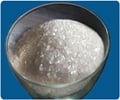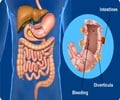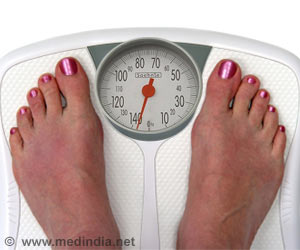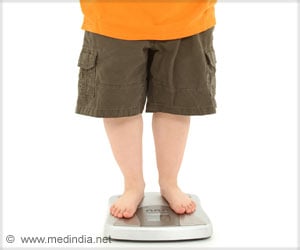Placing water dispensers in the cafeteria tripled water intake and their intake of sugars and fats reduced.
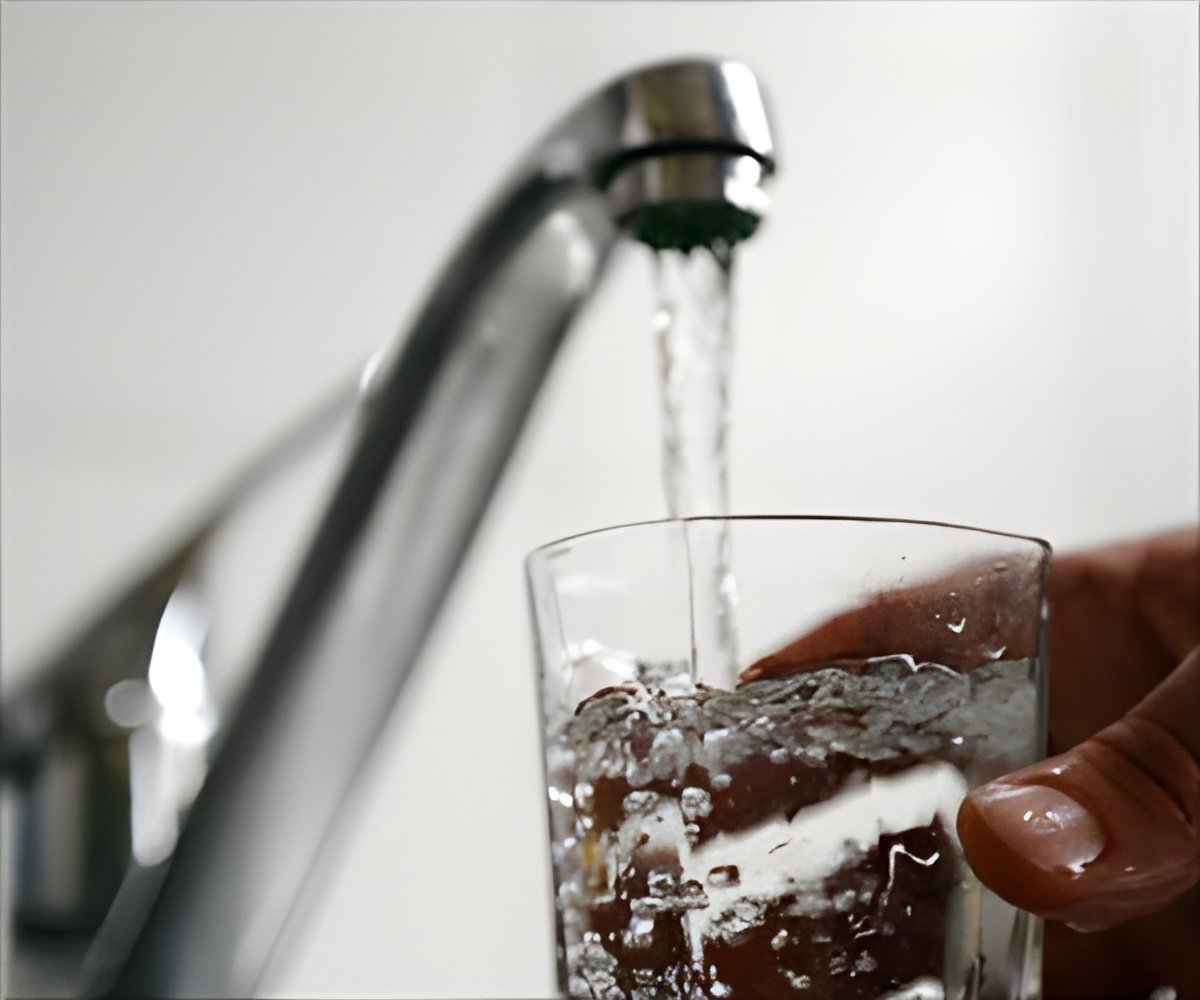
‘Plain water could be a cheap alternative in schools to prevent the growing problem of childhood obesity.’





When water dispensers were placed in school cafeterias, students' consumption of water at lunchtime tripled and was associated with small but significant declines in their risks of being overweight one year later, researchers found. According to a cost-benefit analysis conducted by University of Illinois kinesiology and community health professor Ruopeng An, expanding the program to all public and private schools nationwide would cost a total of about $18 for the entirety of each student's K-12 years - but could yield an average net benefit to society of $174 across each person's lifetime, or a total of $13 billion.
An's model assumed permanent reductions in the incidence of adults who are overweight or obese, as well as decreased medical and indirect costs such as absenteeism and reduced productivity.
According to the Centers for Disease Control and Prevention, overweight in children is defined as a body mass index at or above the 85th percentile for peers of the same age, whereas obesity is a BMI at or above the 95th percentile. In adults, being overweight is associated with increased annual medical costs of $350, which increases to $1,500 annually if a person is obese.
While children in the New York City schools who drank more plain water consumed significantly less whole milk at lunchtime, An said this was unlikely to pose any nutritional hazards.
Advertisement
"The nutrition profile doesn't change much when people increase their plain-water intake, but we do see a significant drop in their saturated fat and sugar intake," he said.
Advertisement
An said the plain-water intervention's projected long-term savings compared favorably with other population-level obesity-prevention policies such as imposing excise taxes on sugar-sweetened beverages and enforcing nutrition standards for foods and drinks sold in schools outside of meals.
Prior researchers predicted that a sugar-sweetened beverage tax could prevent nearly 600,000 cases of child obesity, saving $14.2 billion across children's lifetimes, while enforcing nutrition standards for nonmeal food/beverages sold in schools would prevent 340,000 cases of child obesity, saving $800 million in lifetime costs.
The economic impact of the water intervention was estimated to be greater among boys ($199) than girls ($149) because greater reductions were expected in the rates of overweight males than females (0.9 percent vs. 0.6 percent, respectively).
However, An and his co-authors suggested that the probabilities of both sexes benefiting from the intervention were high.
The school-based water intervention also holds potential as a low- or moderate-cost population-level obesity-prevention intervention in developing countries, An and his co-authors wrote.
Source-Eurekalert




